Grow Kohlrabi at Home? Absolutely! And I’m here to tell you it’s easier than you think! Forget those bland, store-bought veggies. Imagine biting into a crisp, slightly sweet, and incredibly fresh kohlrabi, grown right in your own backyard (or even on your balcony!). This DIY guide will unlock the secrets to cultivating this unique and delicious vegetable, even if you’re a complete beginner.
Kohlrabi, sometimes called a “German turnip,” has a fascinating history. Originating in Europe, it’s been a staple in many cuisines for centuries, prized for its versatility and nutritional value. But beyond its historical roots, kohlrabi offers a fantastic alternative to common vegetables, adding a unique flavor and texture to your meals.
Why should you learn to grow kohlrabi at home? Well, for starters, homegrown produce simply tastes better! Plus, you control everything – from the soil to the watering schedule – ensuring you’re eating healthy, organic food. In this article, I’ll share my favorite DIY tricks and hacks to help you succeed, even if you have limited space or experience. Get ready to enjoy the satisfaction of harvesting your own delicious kohlrabi!
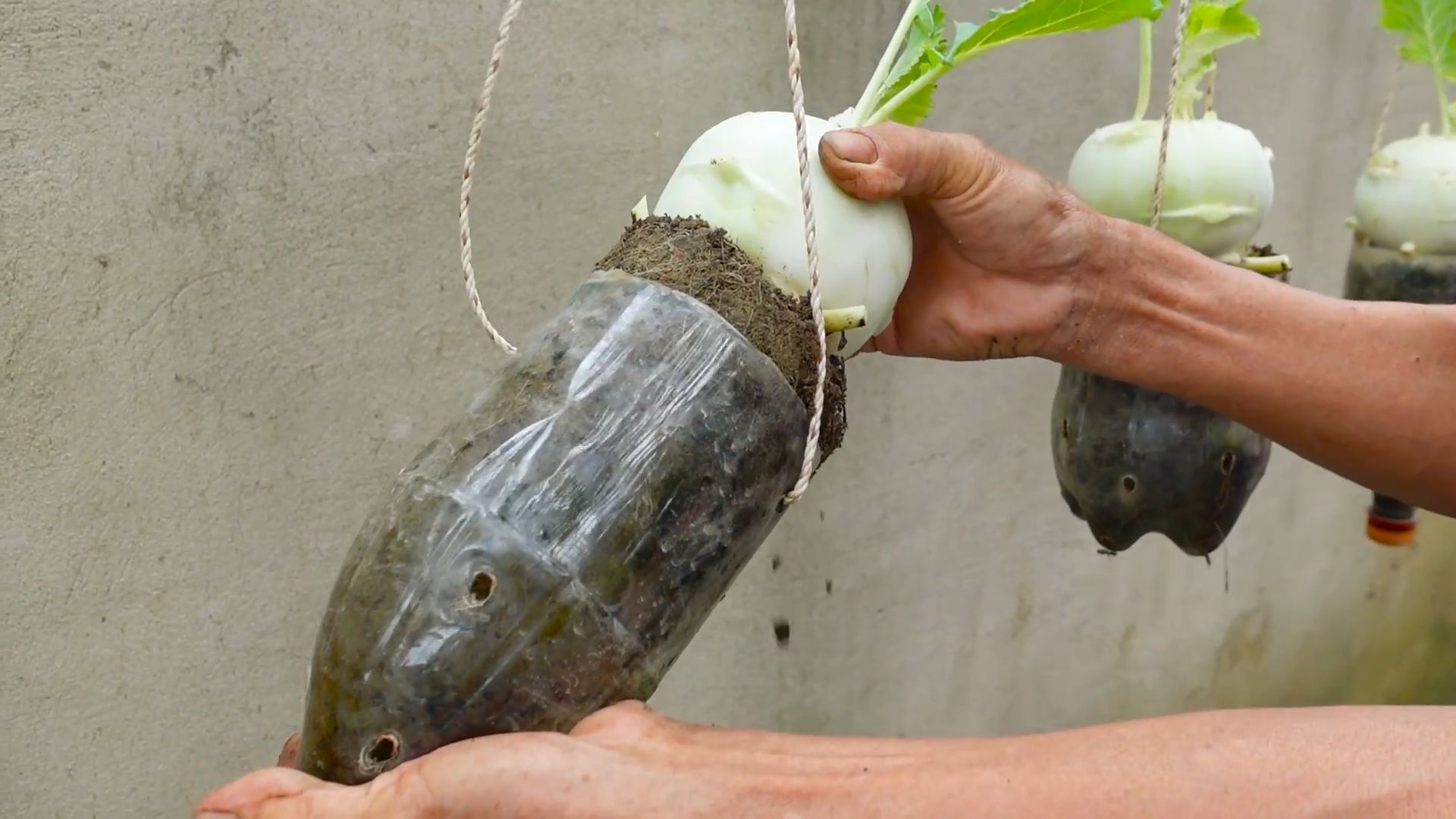
Growing Kohlrabi at Home: A Beginner’s Guide
Okay, so you want to grow kohlrabi? Awesome! It’s a surprisingly easy and rewarding vegetable to cultivate, and the taste is just fantastic – a bit like a mild turnip or broccoli stem. Plus, it’s packed with nutrients! I’m going to walk you through everything you need to know to get started, from seed to harvest.
Choosing Your Kohlrabi Variety
First things first, let’s talk varieties. There are a few different types of kohlrabi, and choosing the right one for your climate and preferences is important.
* **Early White Vienna:** This is a classic, fast-maturing variety, perfect if you’re impatient (like me!). It produces pale green bulbs.
* **Early Purple Vienna:** Similar to the white variety, but with a beautiful purple skin. The flesh inside is still white.
* **Grand Duke:** A hybrid variety known for its disease resistance and large bulb size.
* **Superschmelz:** This one is a real showstopper! It can grow to be absolutely enormous (think softball-sized!) without becoming woody.
I personally love the Early White Vienna because it’s reliable and quick to grow, but feel free to experiment and find your favorite!
Getting Started: Planting Kohlrabi
Kohlrabi is a cool-season crop, which means it thrives in cooler temperatures. This makes it ideal for spring and fall planting.
* **Timing is Key:** For a spring crop, start seeds indoors about 4-6 weeks before the last expected frost. You can also direct sow seeds outdoors a few weeks before the last frost, but starting indoors gives you a head start. For a fall crop, sow seeds directly into the garden in late summer, about 6-8 weeks before the first expected frost.
* **Starting Seeds Indoors:**
1. **Gather Your Supplies:** You’ll need seed starting trays or small pots, seed starting mix (not regular potting soil!), kohlrabi seeds, and a spray bottle.
2. **Sow the Seeds:** Fill your trays or pots with seed starting mix. Moisten the mix thoroughly, but don’t soak it. Make a small indentation (about ¼ inch deep) in the center of each cell or pot. Drop 1-2 kohlrabi seeds into each indentation and cover lightly with more seed starting mix.
3. **Water Gently:** Use a spray bottle to gently water the seeds. Avoid pouring water directly onto the soil, as this can dislodge the seeds.
4. **Provide Light and Warmth:** Place the trays or pots in a warm location (around 65-75°F) and provide plenty of light. A sunny windowsill works well, but a grow light is even better.
5. **Keep the Soil Moist:** Check the soil moisture daily and water as needed to keep it consistently moist, but not soggy.
6. **Thin Seedlings (If Necessary):** Once the seedlings emerge (usually within a week), thin them to one plant per cell or pot. Choose the strongest-looking seedling and snip off the others at the soil line.
* **Direct Sowing Outdoors:**
1. **Prepare the Soil:** Choose a sunny spot in your garden with well-drained soil. Kohlrabi prefers soil that is rich in organic matter. Amend the soil with compost or well-rotted manure before planting.
2. **Sow the Seeds:** Sow the seeds directly into the garden about ½ inch deep and 1-2 inches apart.
3. **Water Gently:** Water the seeds gently after planting.
4. **Thin Seedlings:** Once the seedlings emerge, thin them to about 4-6 inches apart.
Transplanting Kohlrabi Seedlings
Once your seedlings have developed a few sets of true leaves (usually after 4-6 weeks), it’s time to transplant them into the garden.
1. **Harden Off the Seedlings:** Before transplanting, you’ll need to “harden off” the seedlings. This means gradually exposing them to outdoor conditions to help them adjust. Start by placing the trays or pots outdoors in a sheltered location for a few hours each day, gradually increasing the amount of time they spend outside over the course of a week.
2. **Prepare the Planting Bed:** Choose a sunny spot in your garden with well-drained soil. Amend the soil with compost or well-rotted manure before planting.
3. **Transplant the Seedlings:** Dig small holes about 4-6 inches apart. Gently remove the seedlings from their trays or pots and plant them in the holes, making sure the top of the root ball is level with the soil surface.
4. **Water Thoroughly:** Water the seedlings thoroughly after transplanting.
Caring for Your Kohlrabi Plants
Once your kohlrabi plants are in the ground, it’s important to provide them with proper care to ensure a healthy and productive harvest.
* **Watering:** Kohlrabi needs consistent moisture to thrive. Water regularly, especially during dry periods. Aim for about 1 inch of water per week.
* **Fertilizing:** Kohlrabi is a heavy feeder, so it benefits from regular fertilization. Apply a balanced fertilizer (such as 10-10-10) every few weeks. You can also side-dress the plants with compost or well-rotted manure.
* **Weeding:** Keep the area around your kohlrabi plants free of weeds. Weeds compete with the kohlrabi for nutrients and water.
* **Mulching:** Apply a layer of mulch around the plants to help retain moisture, suppress weeds, and regulate soil temperature. Straw, wood chips, or shredded leaves work well.
* **Pest Control:** Kohlrabi can be susceptible to a few pests, such as cabbage worms and aphids. Inspect your plants regularly for signs of infestation and take action as needed. You can handpick cabbage worms off the plants or use an organic insecticide like Bacillus thuringiensis (Bt). For aphids, try spraying the plants with a strong stream of water or using insecticidal soap.
* **Bolting:** Bolting is when a plant prematurely sends up a flower stalk, usually due to stress (like heat or drought). Bolting can make the kohlrabi bulb tough and bitter. To prevent bolting, make sure to water your plants regularly and provide them with some shade during the hottest part of the day. Choose bolt-resistant varieties if you live in a hot climate.
Harvesting Your Kohlrabi
The best part! Kohlrabi is typically ready to harvest about 50-60 days after planting.
1. **Check the Size:** The ideal size for harvesting kohlrabi is about 2-3 inches in diameter. If you let the bulbs get too large, they can become tough and woody.
2. **Harvesting:** To harvest, simply cut the bulb from the stem with a sharp knife.
3. **Remove the Leaves:** Remove the leaves from the bulb. The leaves are also edible and can be cooked like spinach or kale.
4. **Storage:** Kohlrabi can be stored in the refrigerator for several weeks. Store the bulbs in a plastic bag or container to prevent them from drying out.
Enjoying Your Kohlrabi
Now that you’ve harvested your kohlrabi, it’s time to enjoy it! Kohlrabi can be eaten raw or cooked.
* **Raw:** Peel the bulb and slice it into thin strips or cubes. It’s great in salads, slaws, or as a crunchy snack.
* **Cooked:** Kohlrabi can be steamed, boiled, roasted, or stir-fried. It’s a delicious addition to soups, stews, and vegetable medleys.
I personally love to roast kohlrabi with a little olive oil, salt, and pepper. It’s also fantastic in a creamy kohlrabi soup.
Troubleshooting Common Kohlrabi Problems
Even with the best care, you might encounter a few problems while growing kohlrabi. Here are some common issues and how to address them:
* **Bulbs are Small:** This could be due to several factors, including poor soil, insufficient watering, or overcrowding. Make sure your soil is rich in organic matter, water regularly, and thin your plants to the proper spacing.
* **Bulbs are Tough and Woody:** This is usually caused by letting the bulbs get too large before harvesting or by bolting. Harvest the bulbs when they are 2-3 inches in diameter and take steps to prevent bolting.
* **Pests:** As mentioned earlier, cabbage worms and aphids are common kohlrabi pests. Inspect your plants regularly and take action as needed.
* **Diseases:** Kohlrabi is generally disease-resistant, but it can be susceptible to fungal diseases like downy mildew. To prevent fungal diseases, provide good air circulation around your plants and avoid overhead watering.
Extra Tips for Success
Here are a few extra tips to help you grow the best kohlrabi possible:
* **Succession Planting:** Plant kohlrabi every few weeks
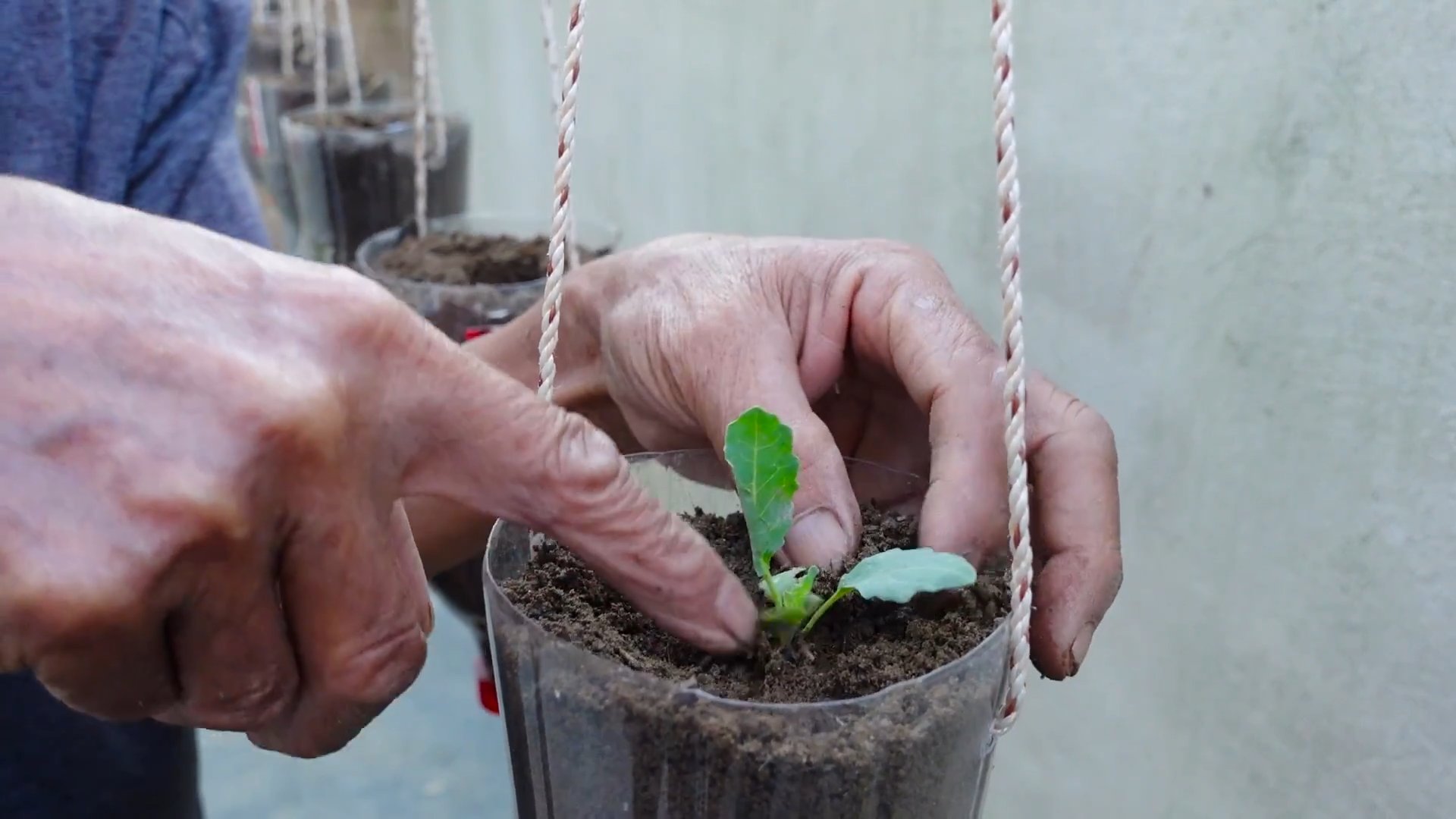
Conclusion
So, there you have it! Growing kohlrabi at home is not only achievable, but it’s also a deeply rewarding experience. Forget those bland, store-bought vegetables that have traveled miles and lost their freshness. Imagine stepping into your garden and harvesting crisp, juicy kohlrabi, bursting with flavor and packed with nutrients. This DIY trick transforms your backyard, balcony, or even a sunny windowsill into a miniature farm, providing you with a sustainable source of delicious produce.
Why is this a must-try? Because it puts you in control. You control the quality of the soil, the amount of sunlight, and the absence of harmful pesticides. You get to nurture your plants from tiny seedlings to mature vegetables, witnessing the miracle of growth firsthand. And the taste? There’s simply no comparison. Homegrown kohlrabi boasts a sweetness and tenderness that you won’t find anywhere else.
But the benefits extend beyond just taste and quality. Growing your own kohlrabi is also a fantastic way to connect with nature, reduce your carbon footprint, and save money on groceries. It’s a fun and educational activity for the whole family, teaching children about where their food comes from and fostering a love for gardening.
Looking for variations? Experiment with different kohlrabi varieties! ‘Early White Vienna’ is a classic choice, known for its mild flavor and early maturity. ‘Purple Vienna’ adds a splash of color to your garden and offers a slightly more robust taste. For a truly unique experience, try ‘Superschmelz,’ a giant variety that can grow to the size of a soccer ball! You can also explore different planting methods, such as succession planting, to ensure a continuous harvest throughout the growing season. Consider companion planting with herbs like dill or chamomile to attract beneficial insects and deter pests.
Don’t be intimidated if you’re a beginner gardener. Kohlrabi is a relatively easy vegetable to grow, even for those with limited experience. Just follow the simple steps outlined in this guide, and you’ll be well on your way to enjoying a bountiful harvest.
We wholeheartedly encourage you to give this DIY trick a try. Embrace the joy of growing your own food and discover the unparalleled satisfaction of harvesting your own kohlrabi. Once you taste the difference, you’ll never go back to store-bought again.
And most importantly, we want to hear about your experience! Share your photos, tips, and stories in the comments below. Let us know what varieties you tried, what challenges you faced, and what successes you celebrated. Together, we can create a community of kohlrabi enthusiasts and inspire others to embark on their own gardening adventures. So, grab your seeds, get your hands dirty, and start growing your own delicious kohlrabi today! Let’s unlock the secrets of growing **kohlrabi at home** together!
Frequently Asked Questions (FAQ)
What is kohlrabi, and what does it taste like?
Kohlrabi, often called a German turnip, is a cruciferous vegetable related to cabbage, broccoli, and cauliflower. It features a bulbous stem that grows above ground and edible leaves. The taste is often described as a cross between a turnip and a cabbage, with a slightly sweet and mild flavor. The texture is crisp and juicy, similar to an apple or a radish. Young, smaller kohlrabi bulbs tend to be more tender and flavorful.
When is the best time to plant kohlrabi?
The best time to plant kohlrabi depends on your climate. It’s a cool-season crop, so it thrives in temperatures between 60°F and 75°F (15°C and 24°C). For a spring harvest, start seeds indoors 4-6 weeks before the last expected frost or direct sow them outdoors 2-3 weeks before the last frost. For a fall harvest, sow seeds in mid-summer, about 6-8 weeks before the first expected frost. In warmer climates, you can grow kohlrabi throughout the winter.
How much sunlight does kohlrabi need?
Kohlrabi needs at least 6 hours of direct sunlight per day to thrive. Choose a sunny location in your garden or on your balcony. If you’re growing kohlrabi indoors, use grow lights to supplement natural sunlight. Insufficient sunlight can result in leggy plants with small bulbs.
What kind of soil is best for growing kohlrabi?
Kohlrabi prefers well-drained, fertile soil with a pH between 6.0 and 7.5. Amend your soil with compost or other organic matter to improve drainage and fertility. Avoid heavy clay soils, as they can become waterlogged and hinder bulb development. A slightly sandy loam is ideal.
How often should I water kohlrabi?
Kohlrabi needs consistent moisture to produce plump, juicy bulbs. Water deeply and regularly, especially during dry periods. Aim for about 1 inch of water per week. Avoid overwatering, as this can lead to root rot. Mulching around the plants can help retain moisture and suppress weeds.
How do I fertilize kohlrabi?
Kohlrabi benefits from regular fertilization. Apply a balanced fertilizer (e.g., 10-10-10) at planting time and then side-dress with nitrogen fertilizer every 3-4 weeks. Alternatively, you can use organic fertilizers such as compost tea or fish emulsion. Avoid over-fertilizing, as this can lead to excessive foliage growth at the expense of bulb development.
What are some common pests and diseases that affect kohlrabi?
Common pests that affect kohlrabi include cabbage worms, aphids, flea beetles, and root maggots. Diseases include clubroot, black rot, and downy mildew. To prevent pests and diseases, practice crop rotation, keep your garden clean, and use row covers to protect your plants. If necessary, use organic pesticides or fungicides.
When is kohlrabi ready to harvest?
Kohlrabi is typically ready to harvest 50-60 days after planting. Harvest the bulbs when they are about 2-3 inches in diameter. Larger bulbs can become tough and woody. To harvest, simply cut the bulb from the stem just above the soil line. You can also harvest the leaves, which are edible and can be used like spinach or kale.
How do I store kohlrabi?
Store kohlrabi bulbs in the refrigerator for up to several weeks. Remove the leaves before storing, as they can draw moisture from the bulb. Store the leaves separately in a plastic bag in the refrigerator. Kohlrabi can also be frozen, but it’s best to blanch it first to preserve its flavor and texture.
Can I grow kohlrabi in containers?
Yes, kohlrabi can be grown in containers. Choose a container that is at least 12 inches deep and wide. Use a well-draining potting mix and provide adequate sunlight and water. Container-grown kohlrabi may need more frequent fertilization than kohlrabi grown in the ground.
What are some ways to eat kohlrabi?
Kohlrabi can be eaten raw or cooked. Raw kohlrabi can be shredded into salads, sliced for crudités, or grated into coleslaw. Cooked kohlrabi can be steamed, roasted, sautéed, or added to soups and stews. The leaves can be cooked like spinach or kale. Kohlrabi is a versatile vegetable that can be used in a variety of dishes.
Is kohlrabi good for you?
Yes, kohlrabi is a very nutritious vegetable. It’s a good source of vitamin C, potassium, fiber, and antioxidants. It’s also low in calories and fat. Eating kohlrabi can help boost your immune system, improve digestion, and protect against chronic diseases.
Can I save seeds from my kohlrabi plants?
Saving seeds from kohlrabi is possible, but it requires allowing the plant to bolt (flower and produce seeds). This typically happens in the second year of growth. However, kohlrabi is cross-pollinated, so if you’re growing multiple varieties, the seeds may not be true to type. For best results, isolate your kohlrabi plants from other cruciferous vegetables to prevent cross-pollination.

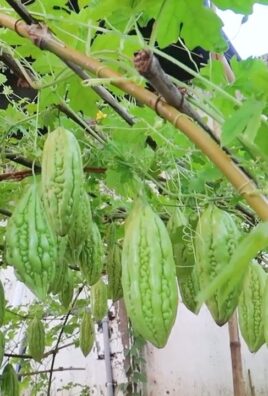
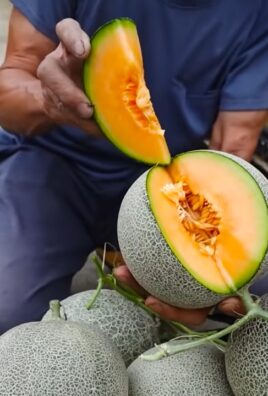
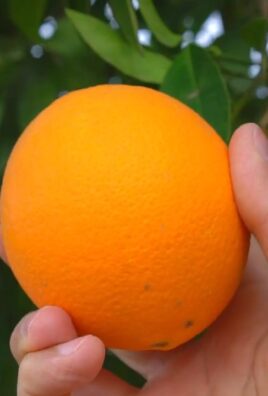
Leave a Comment